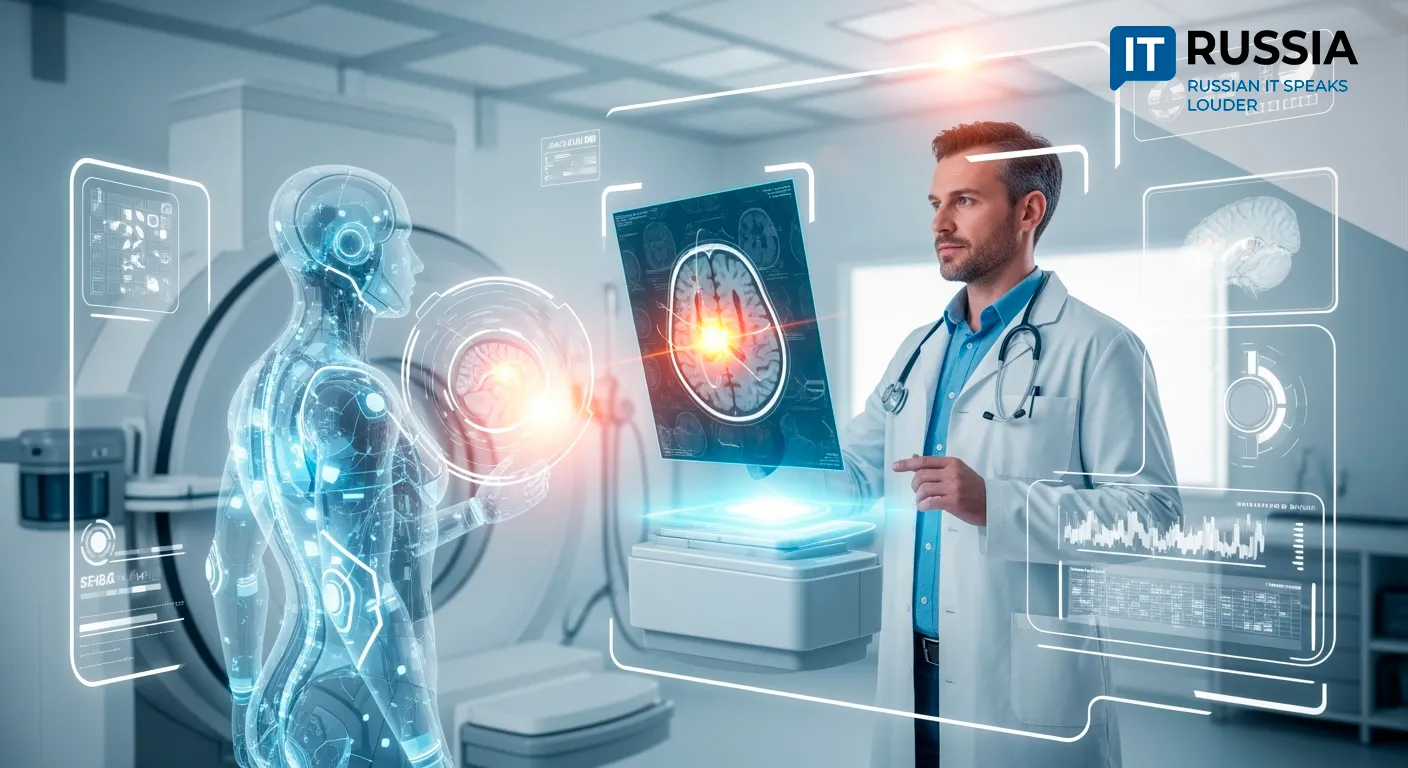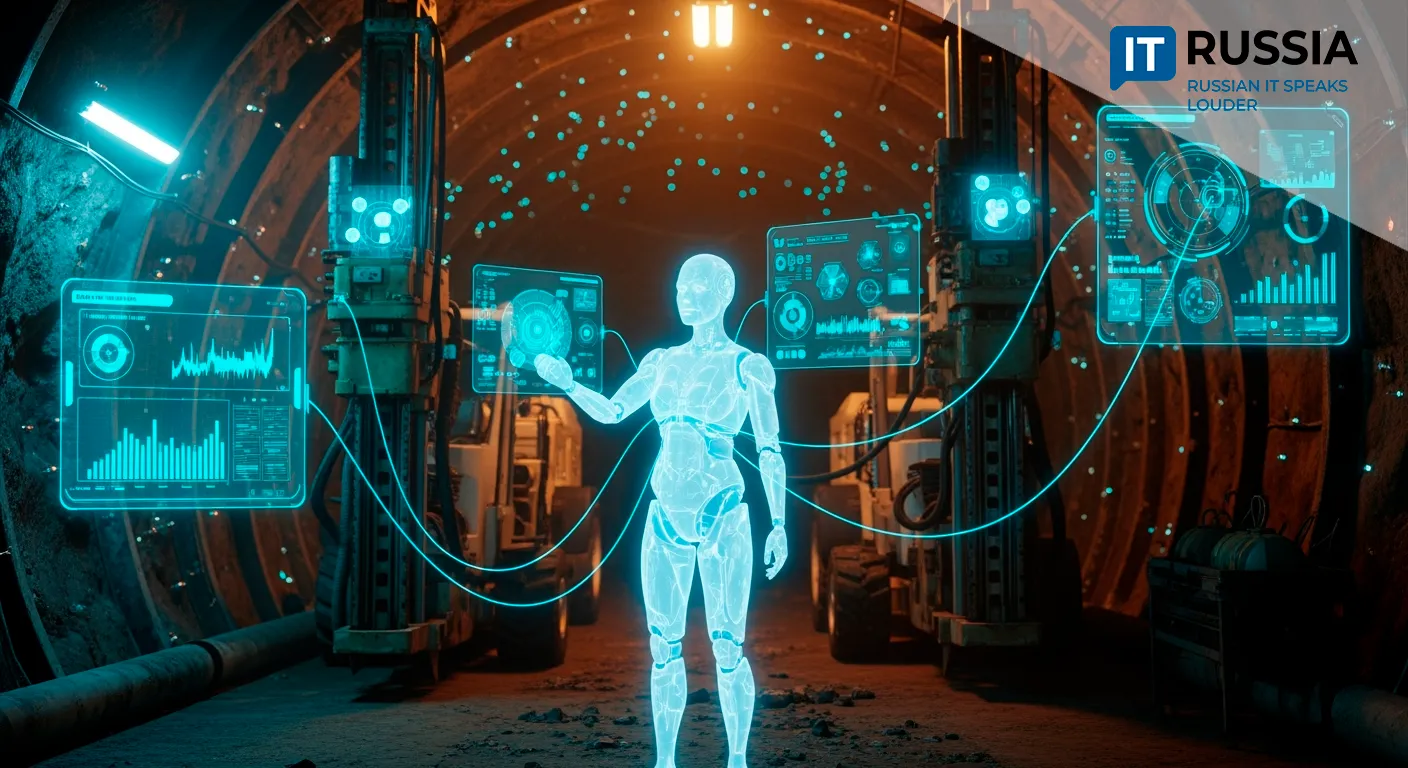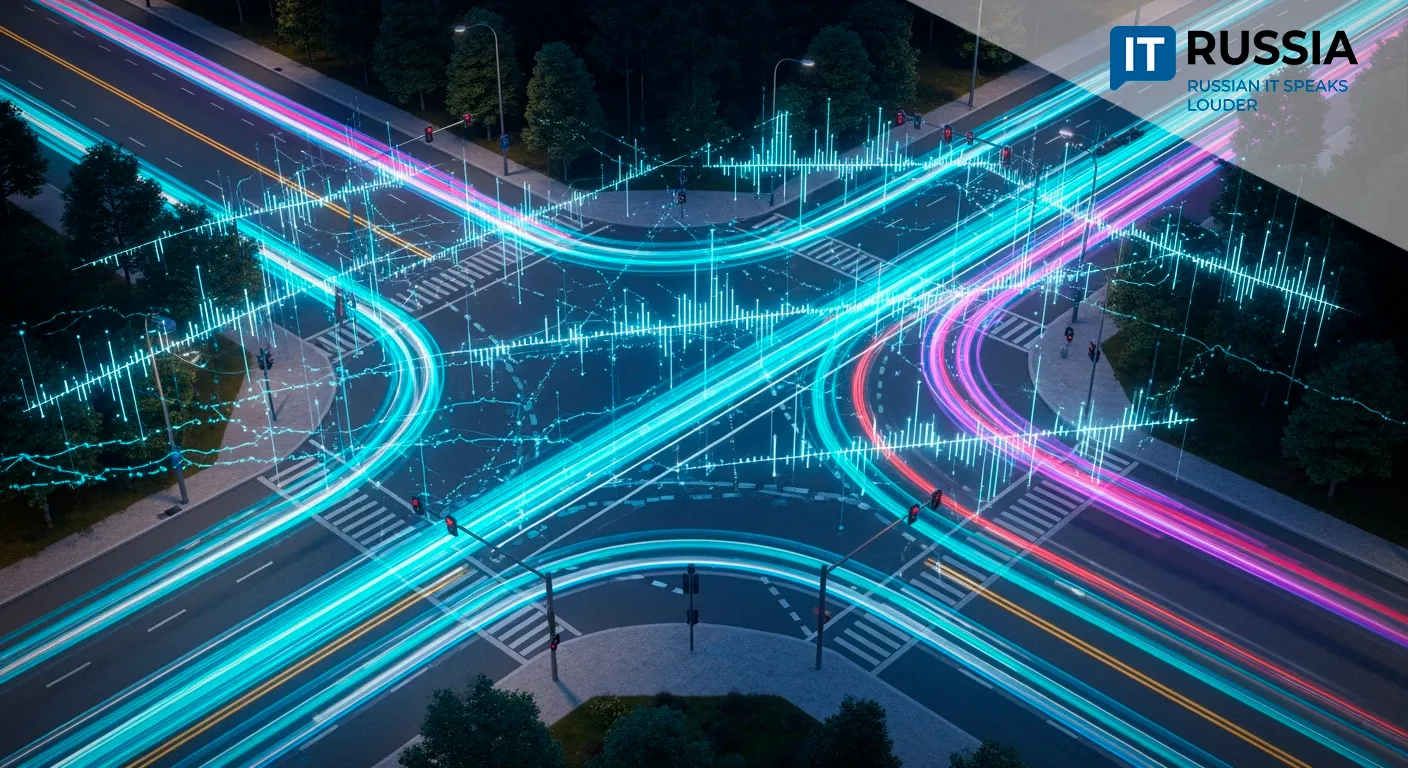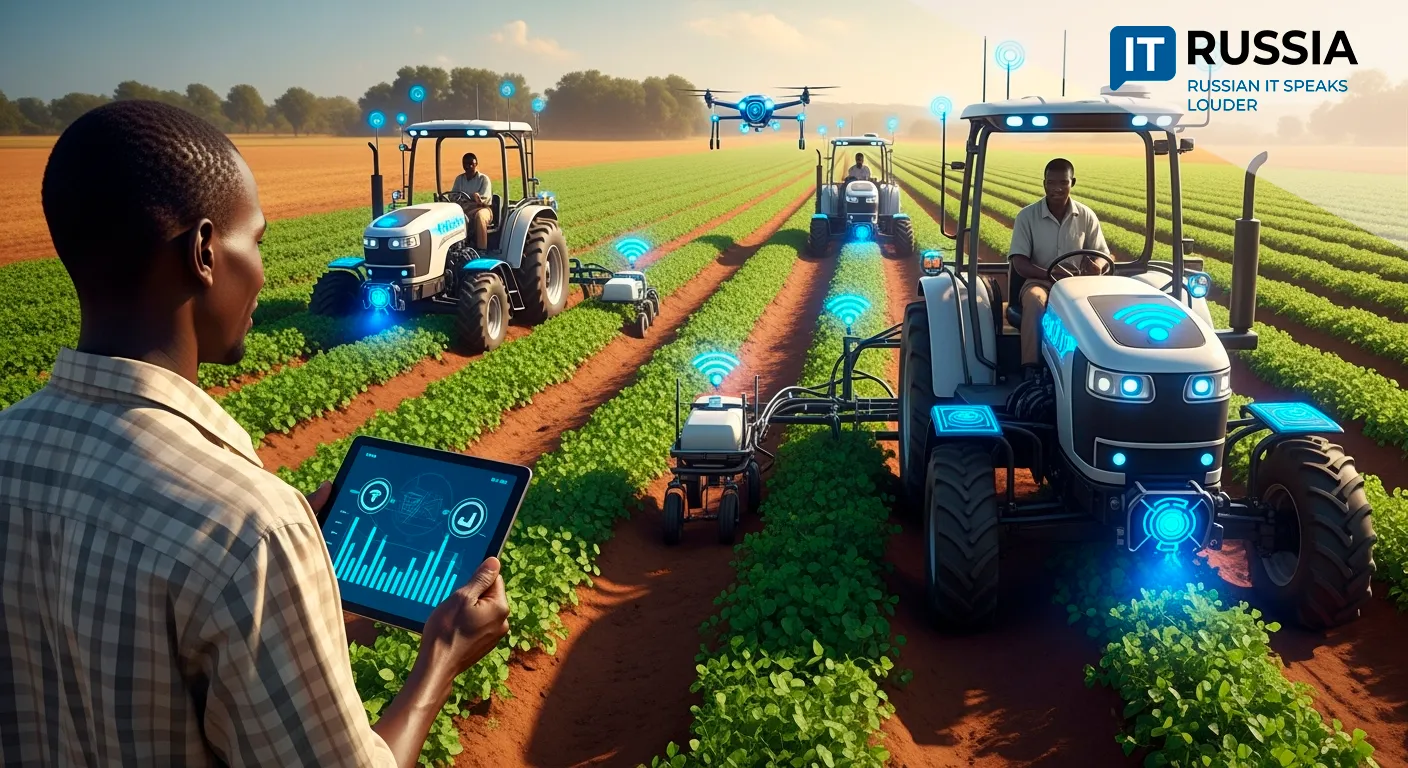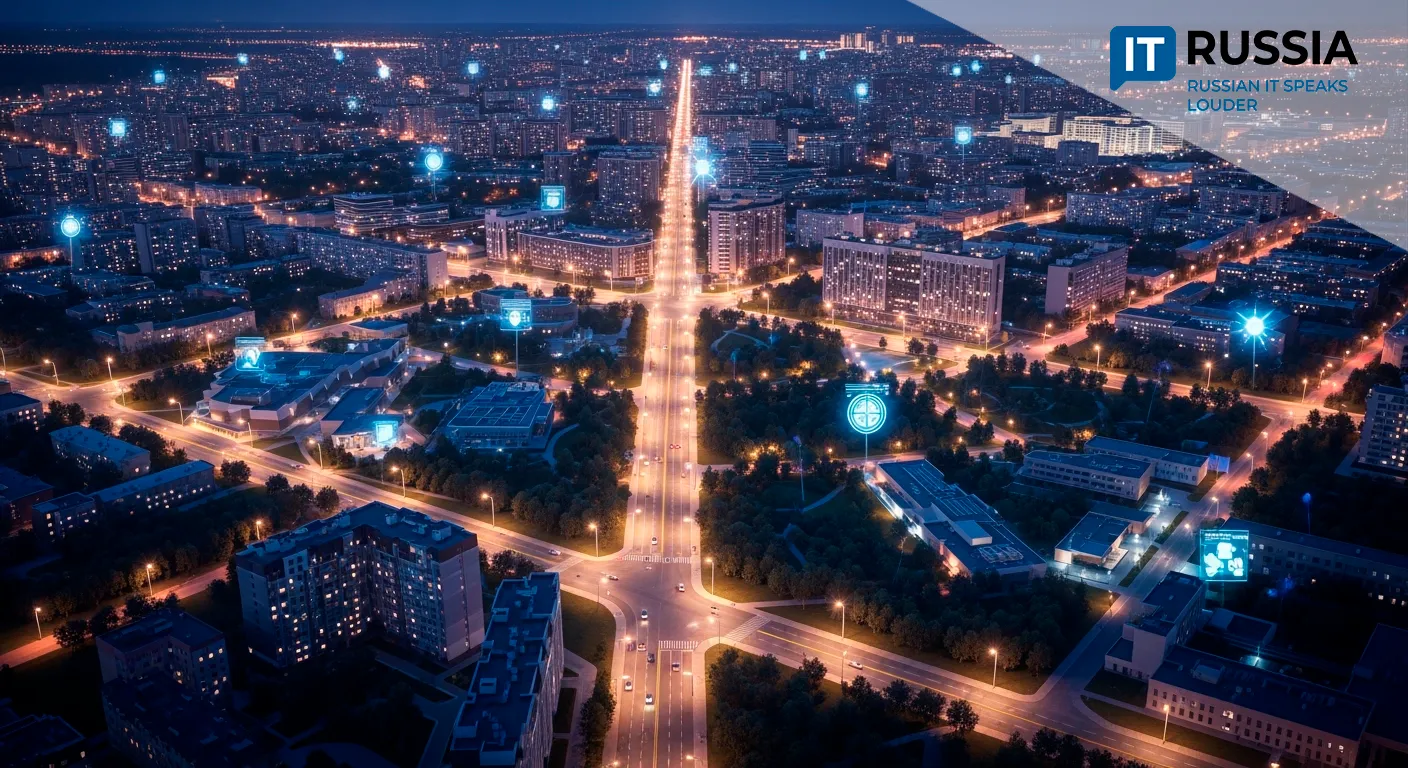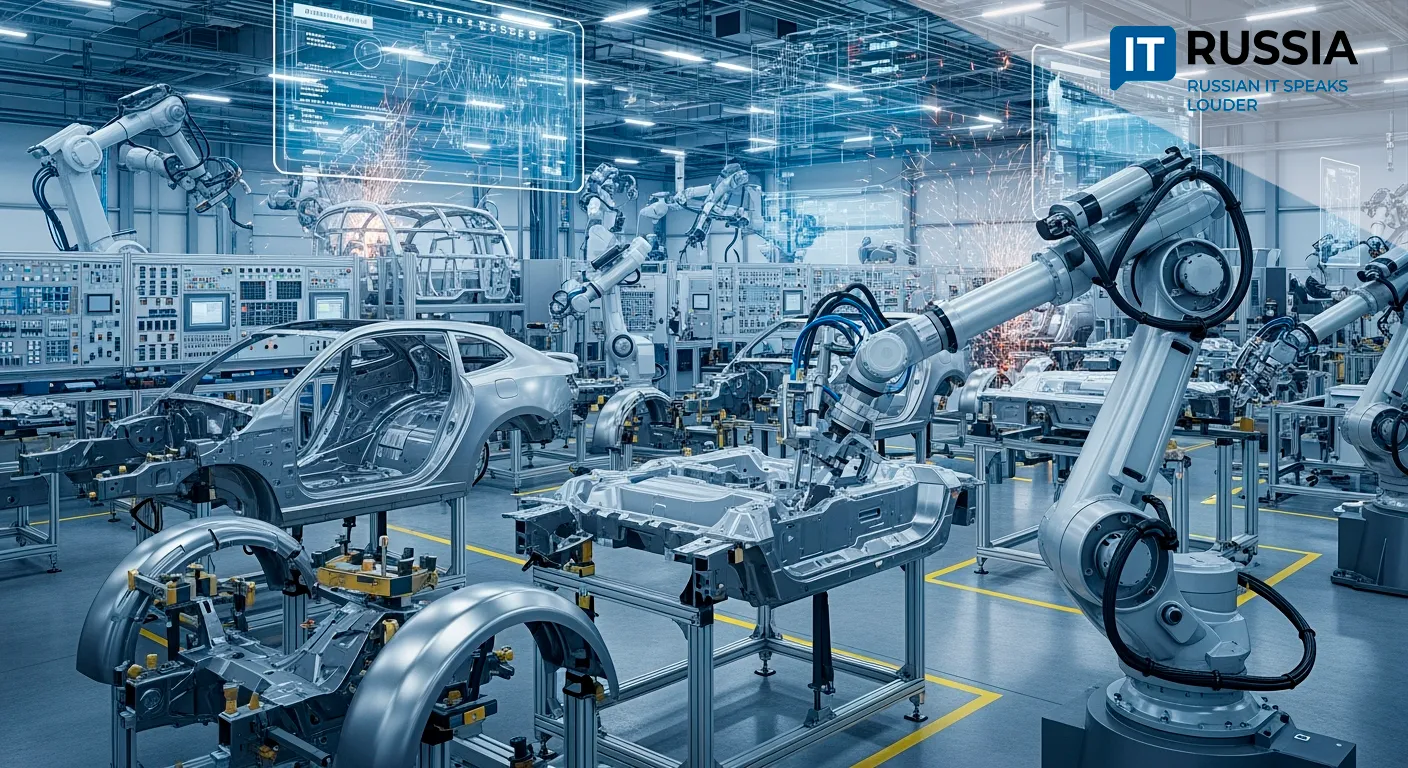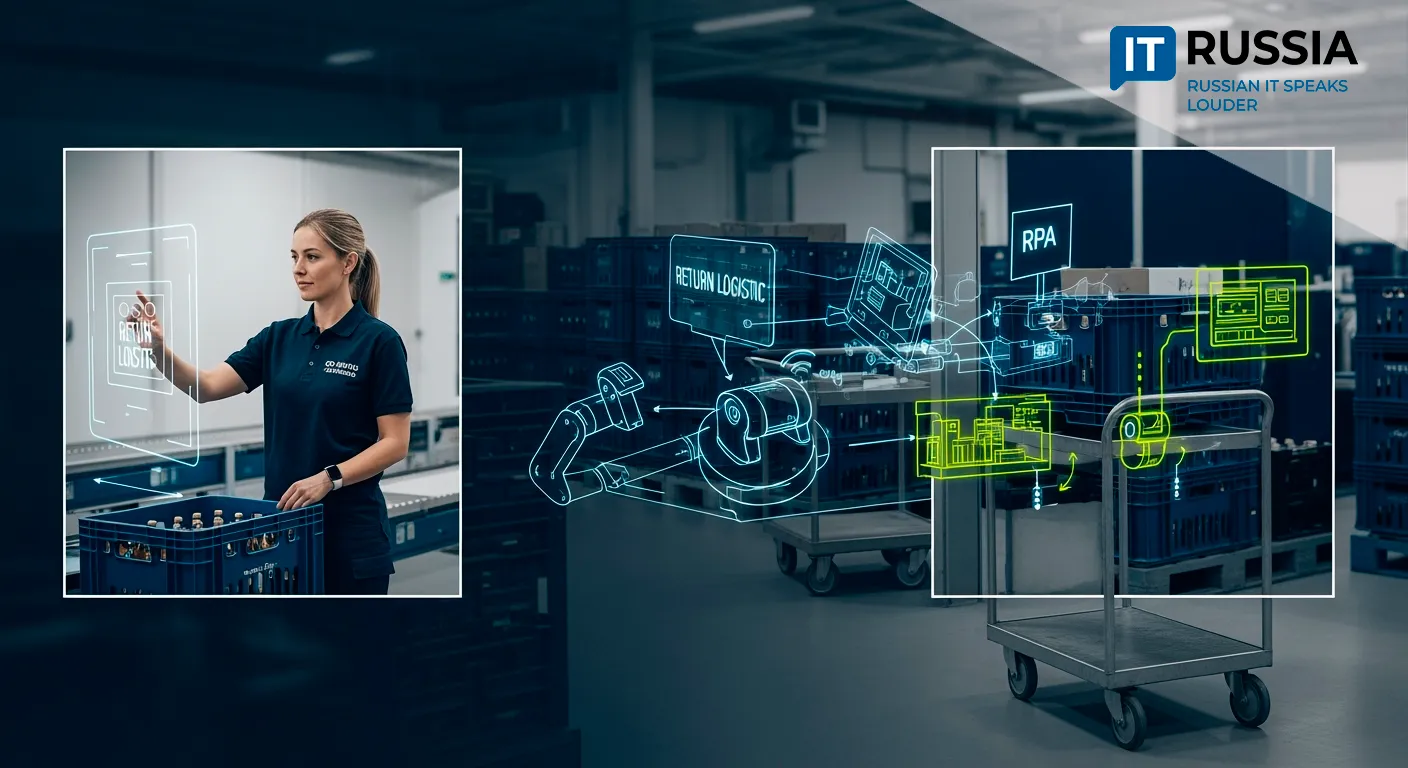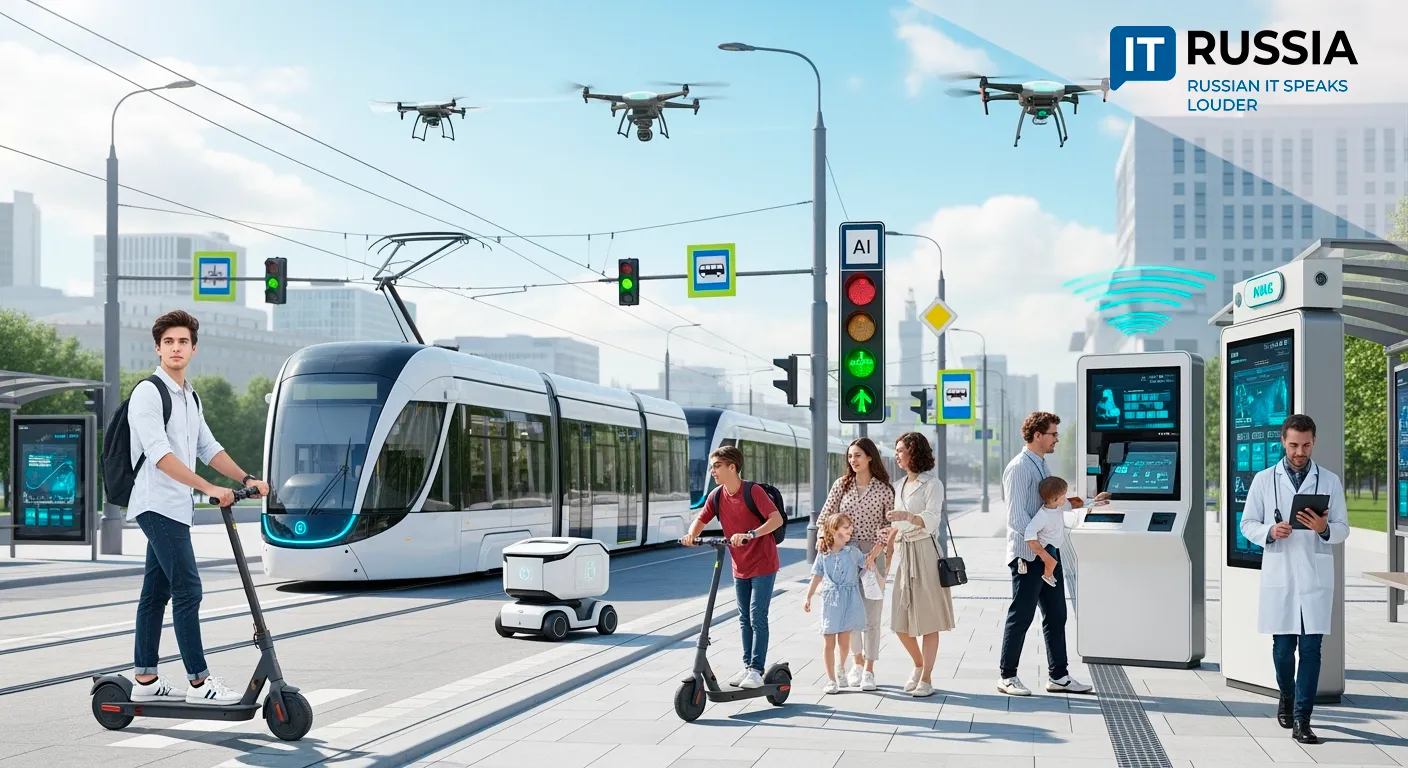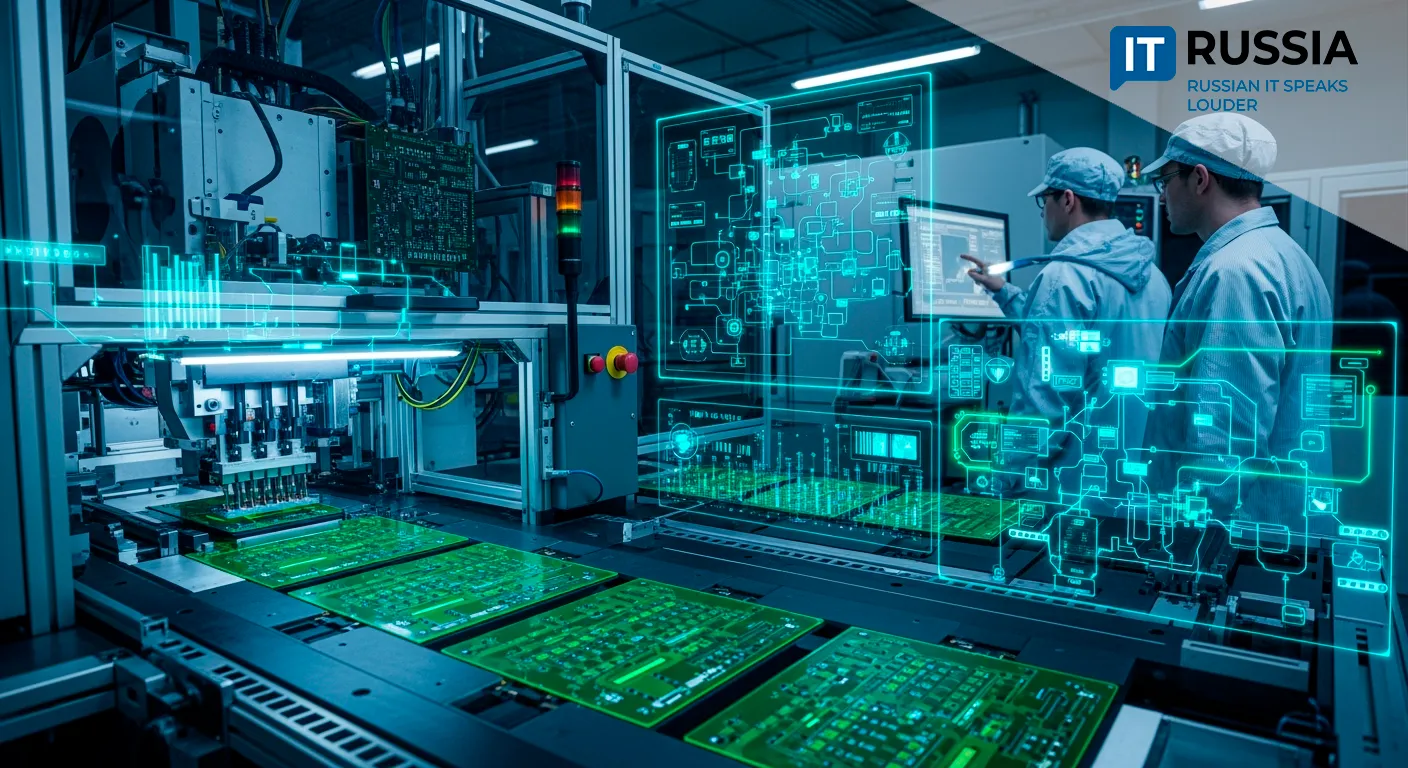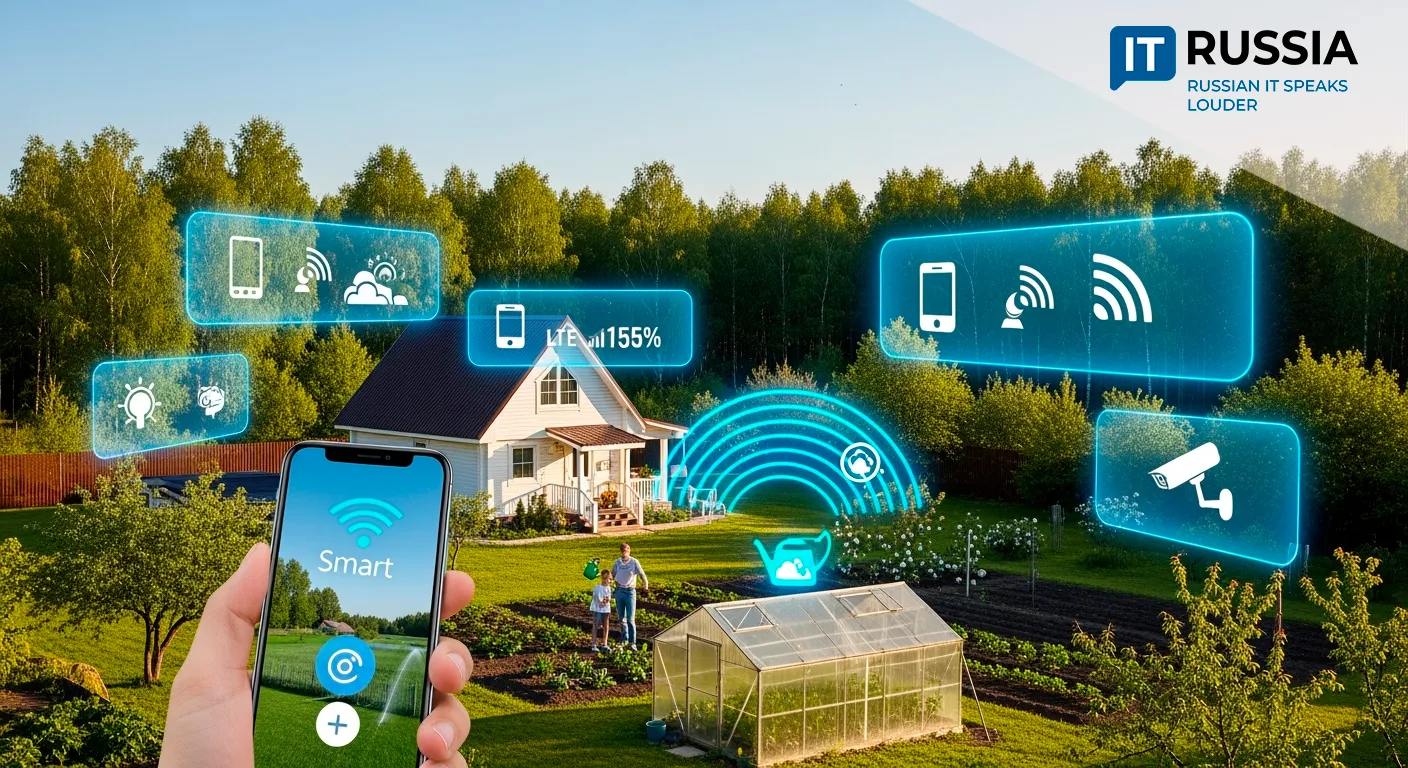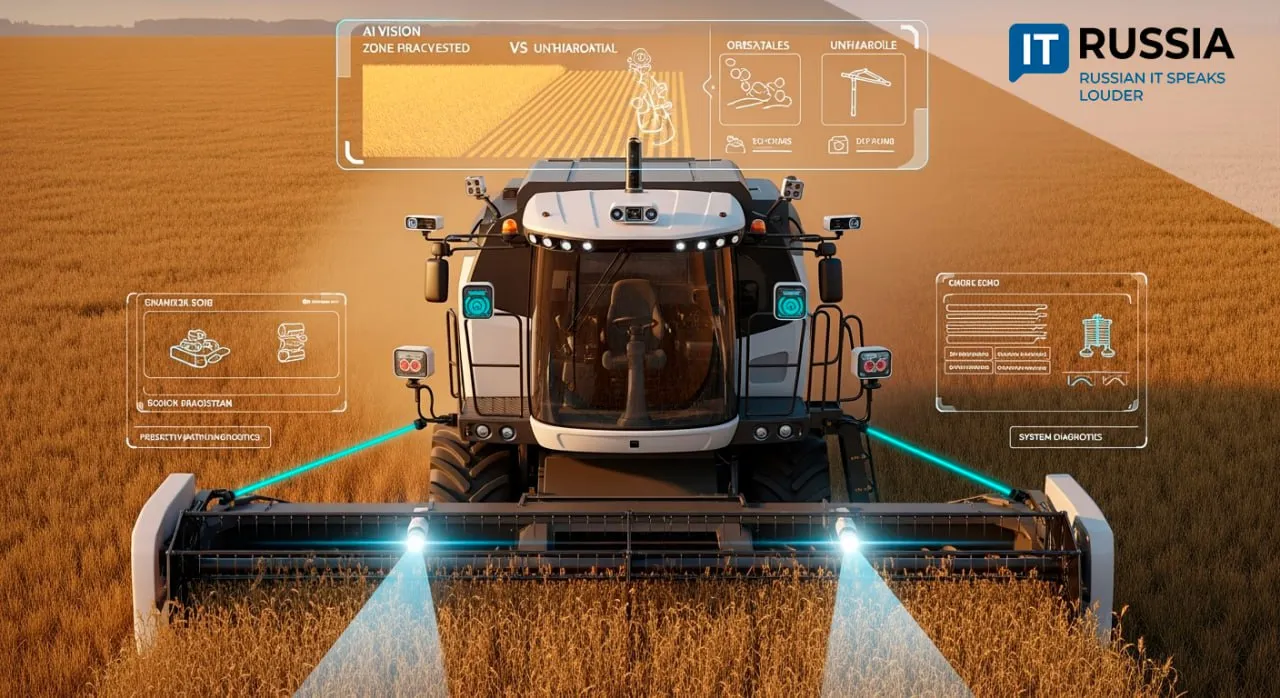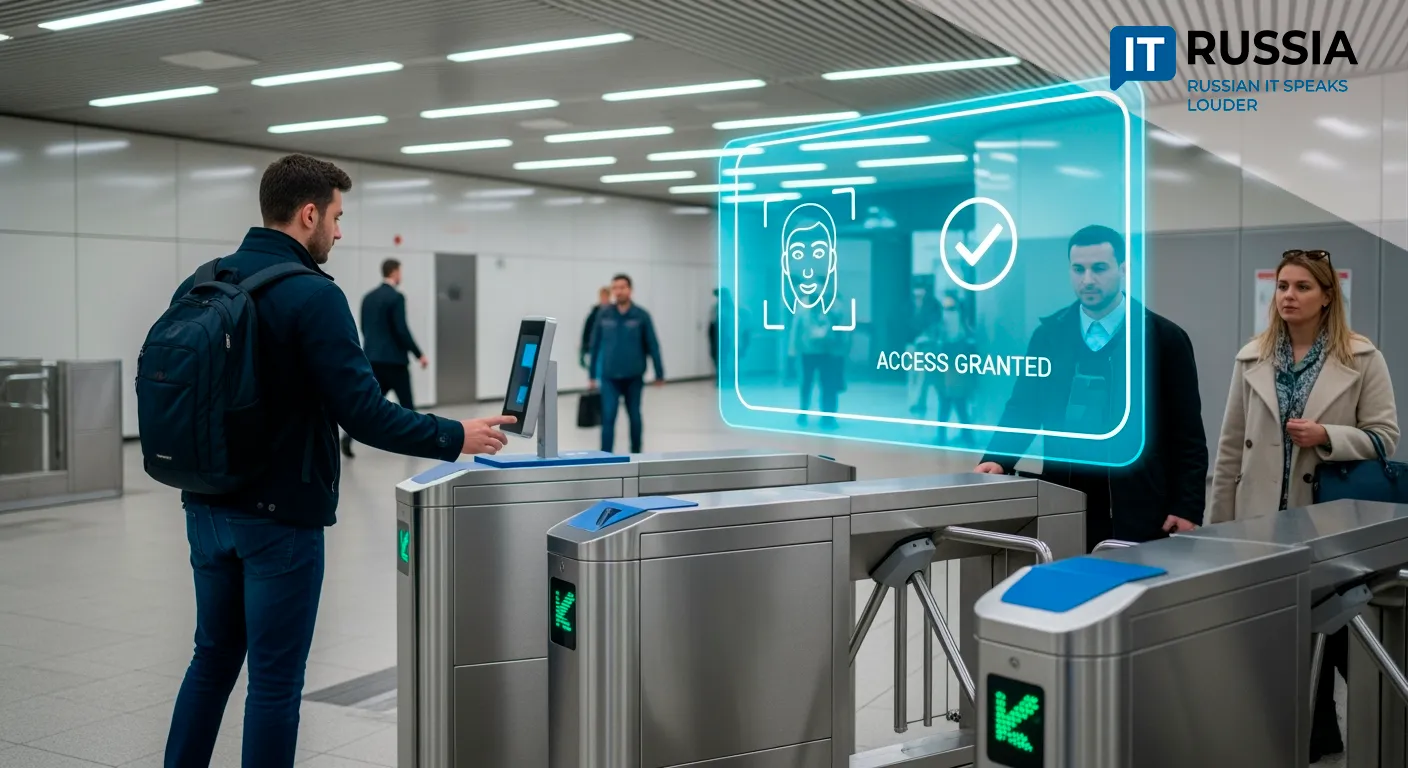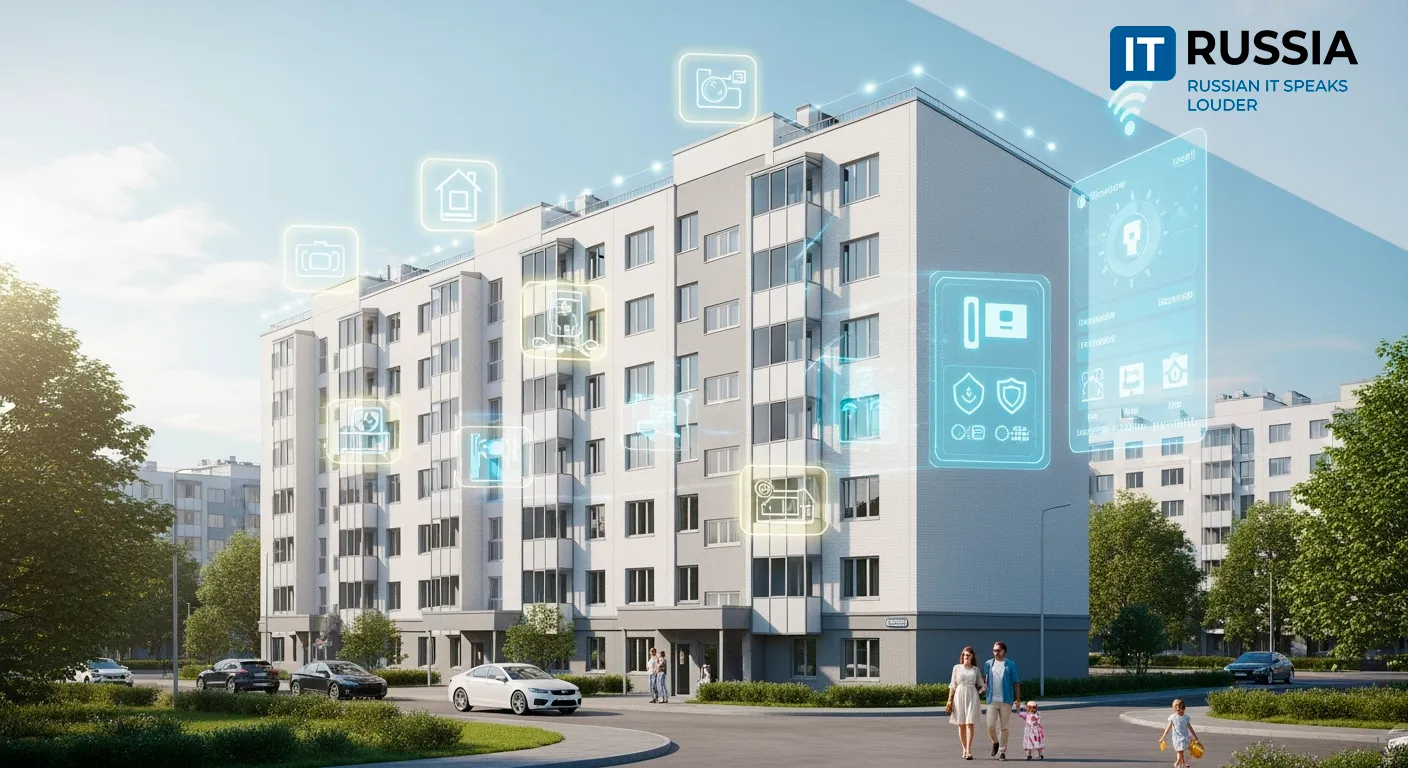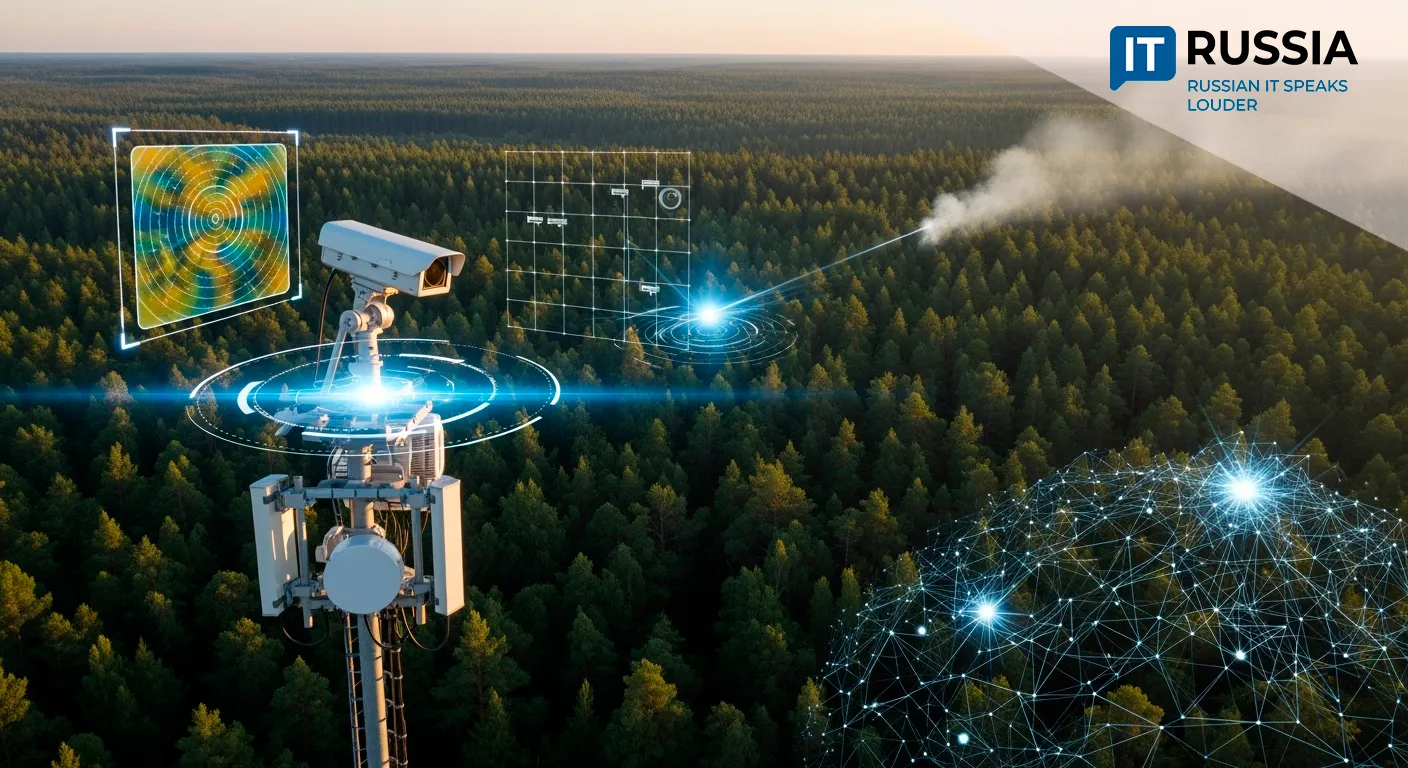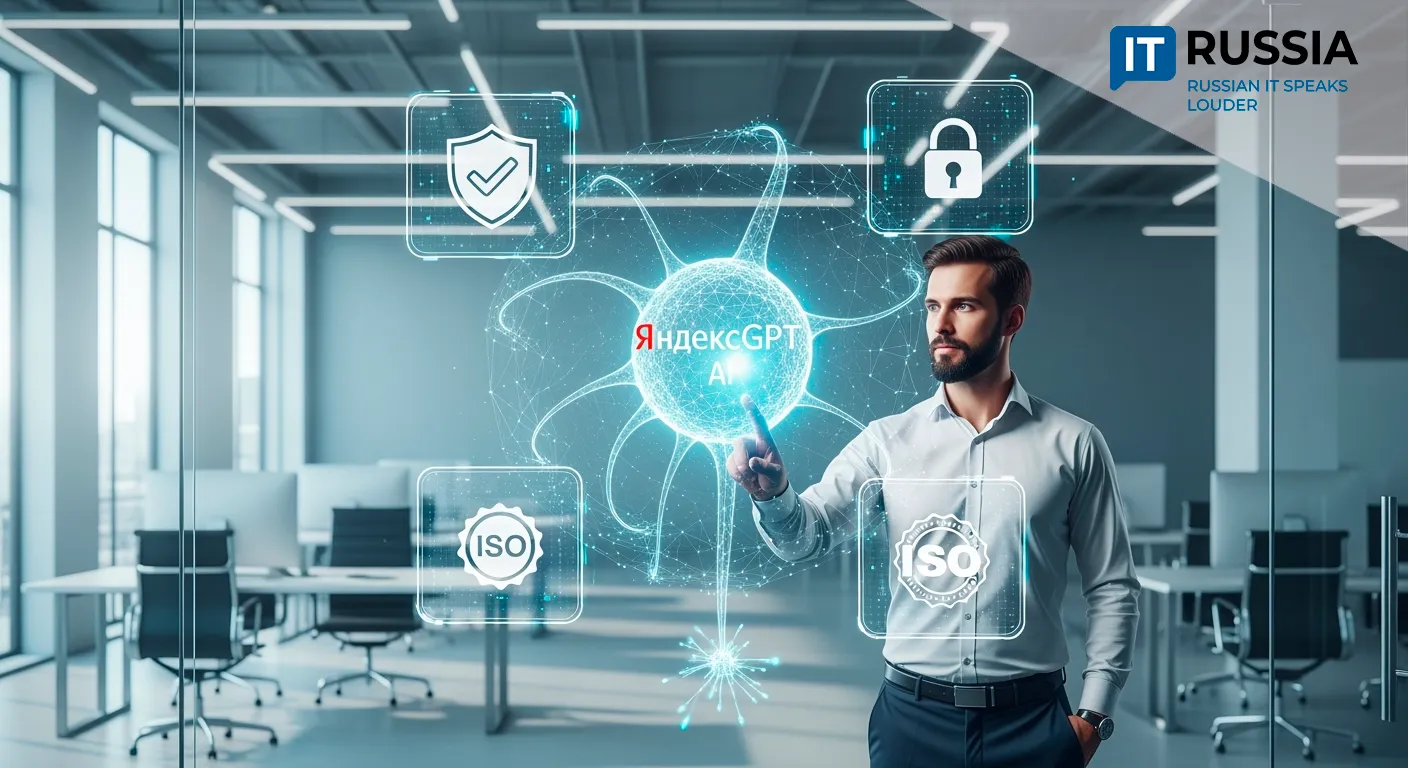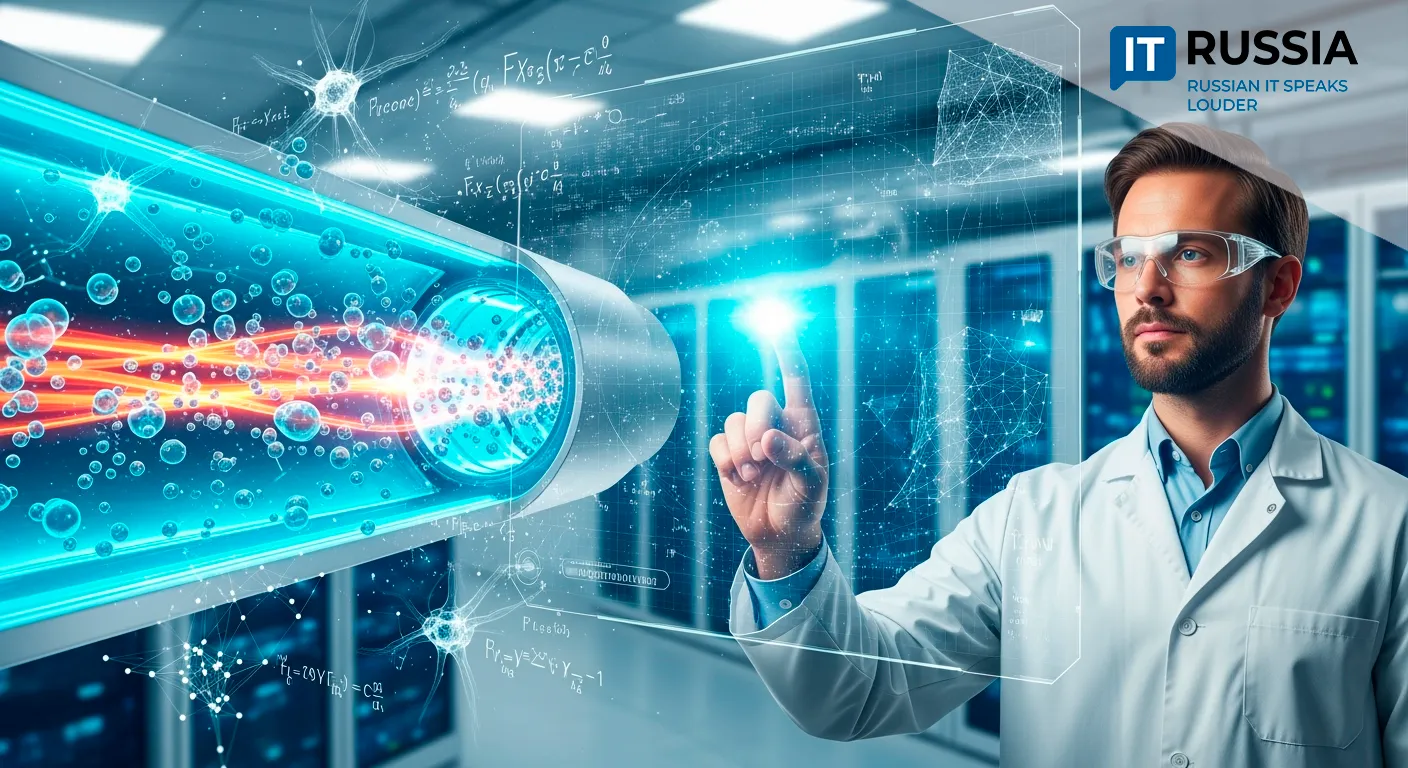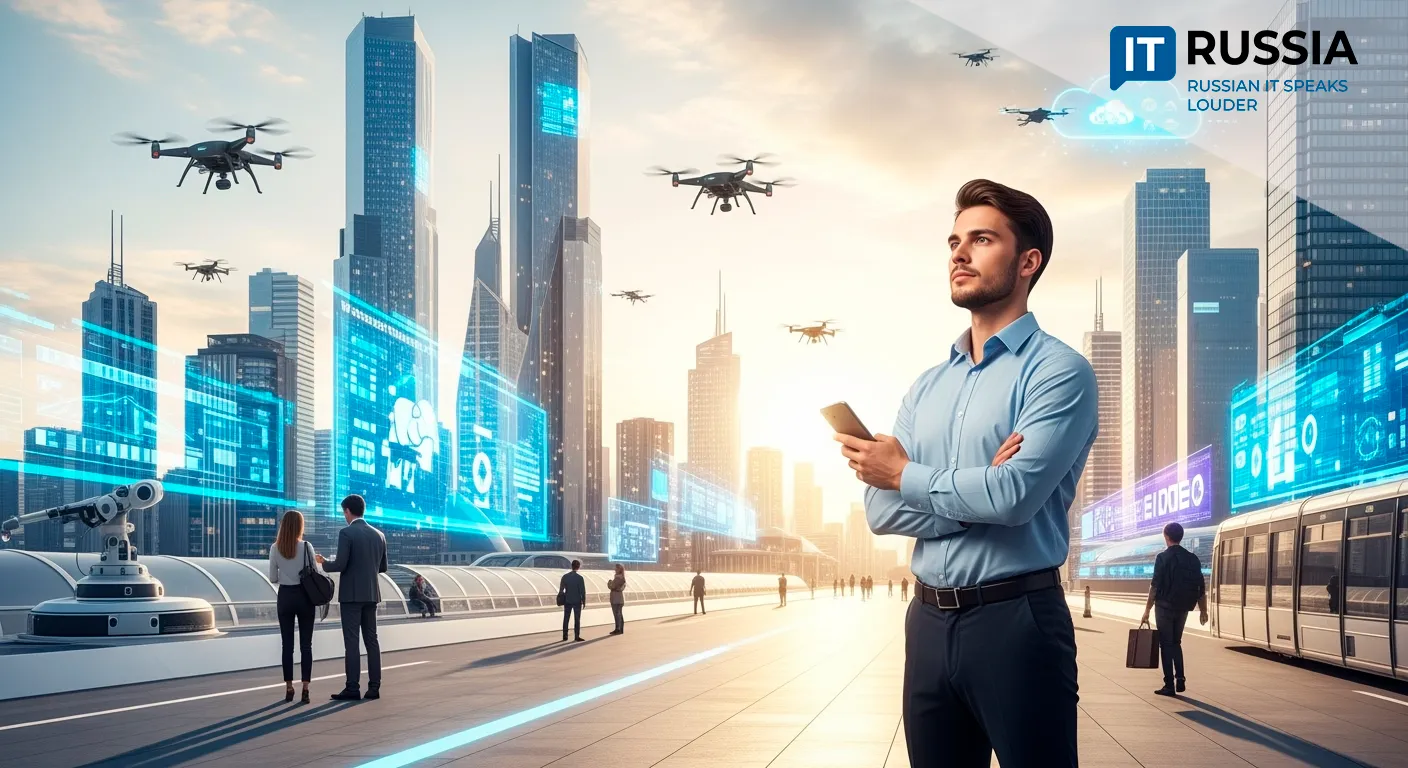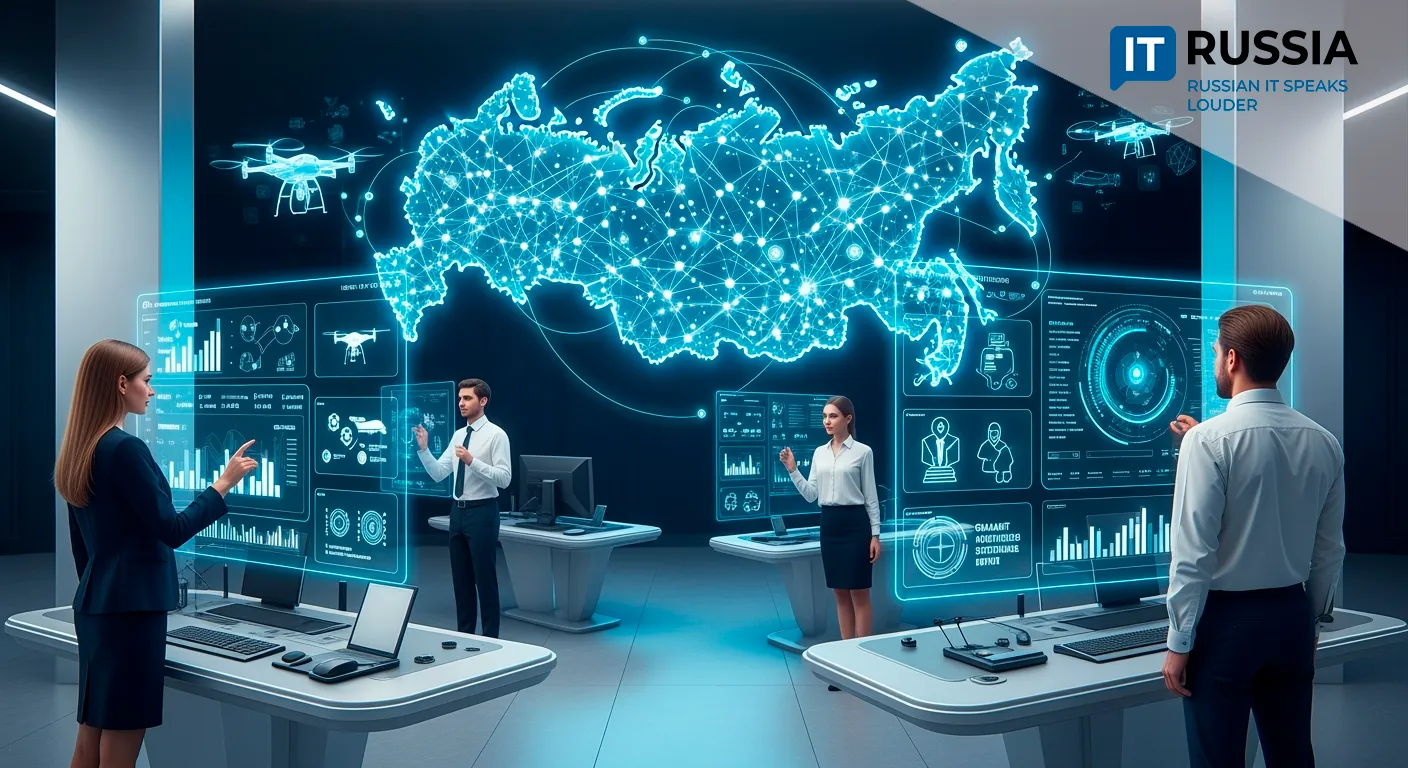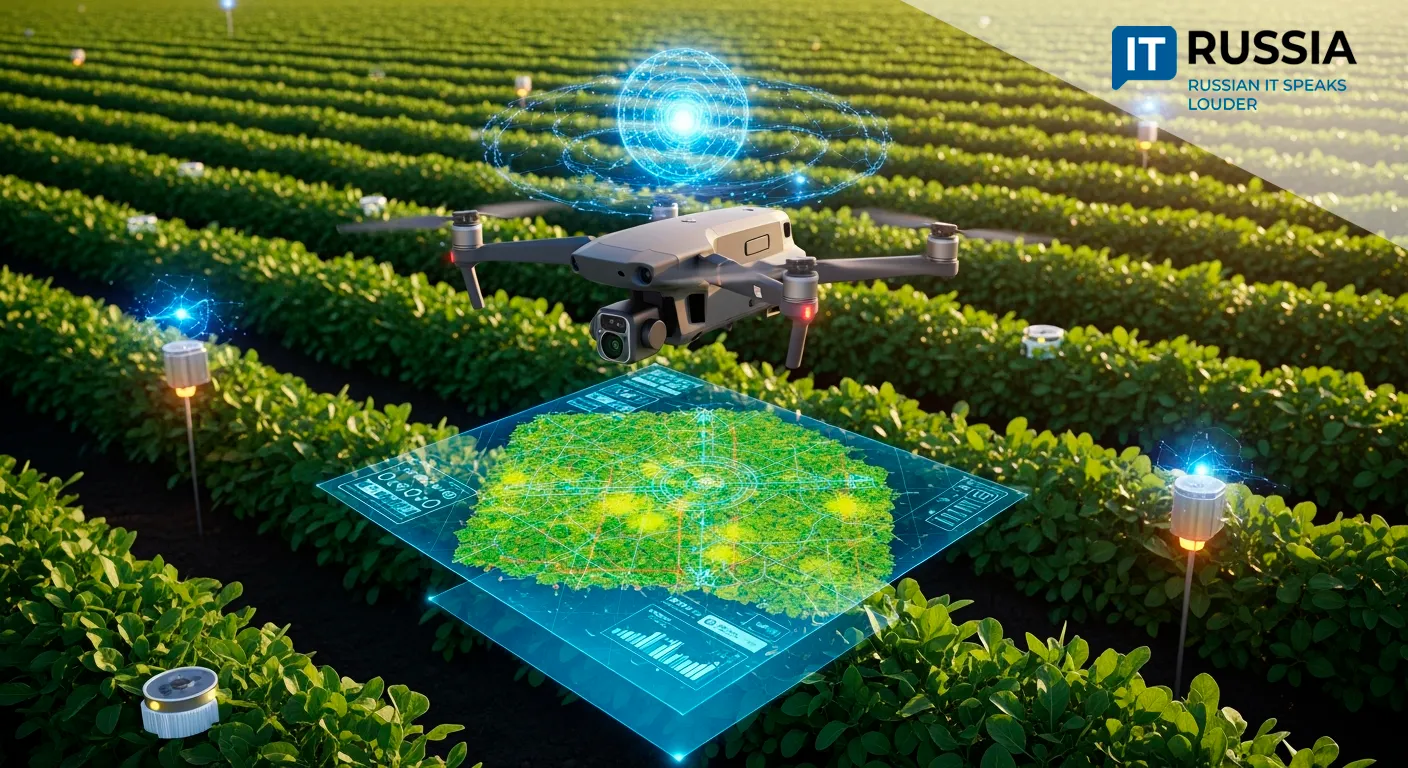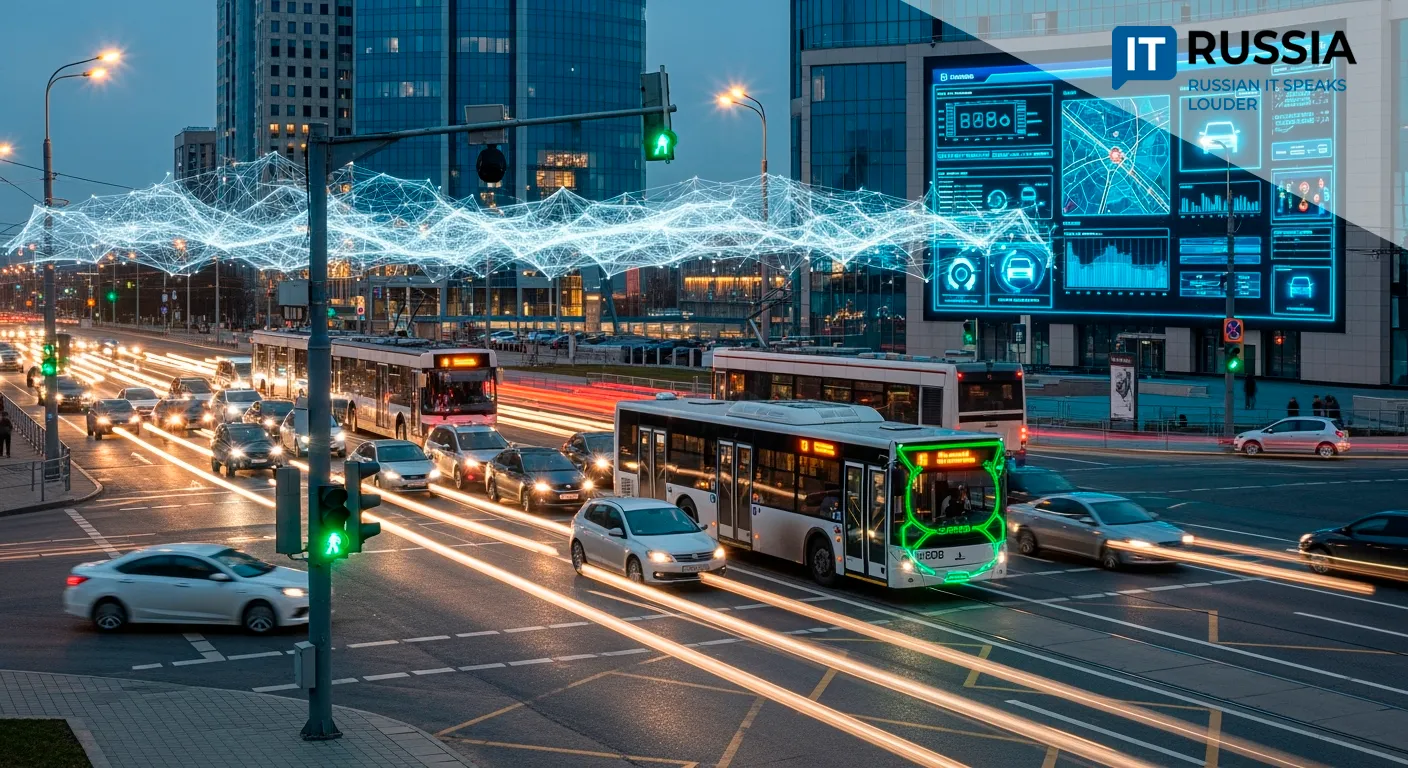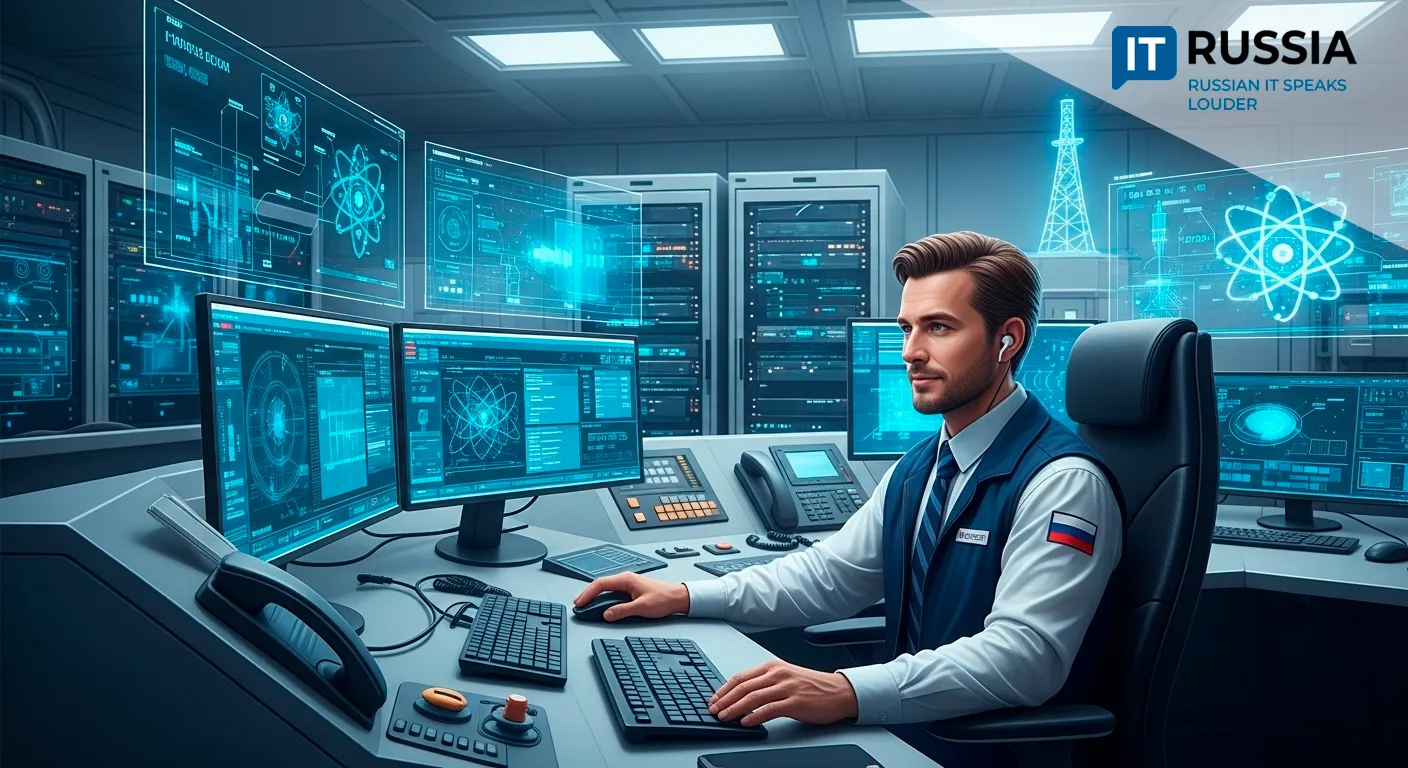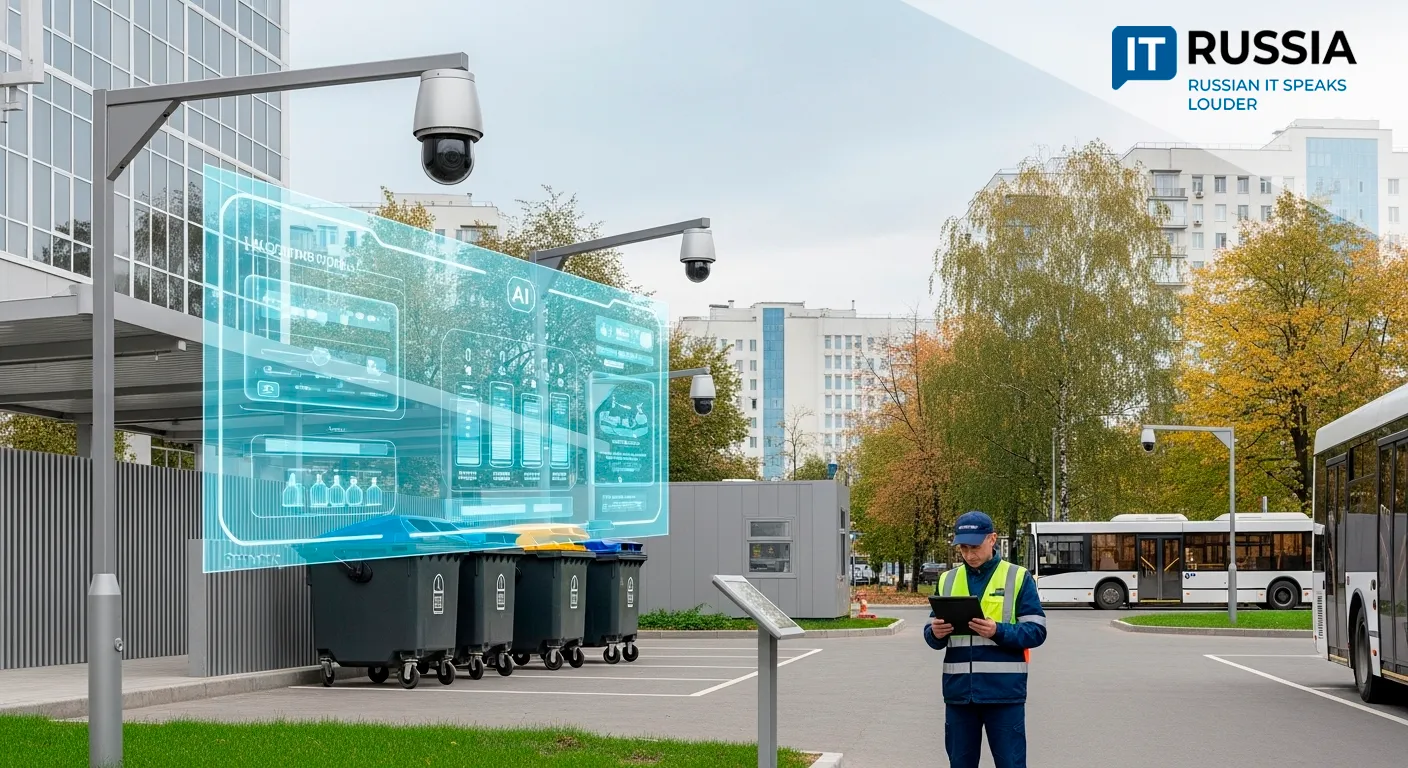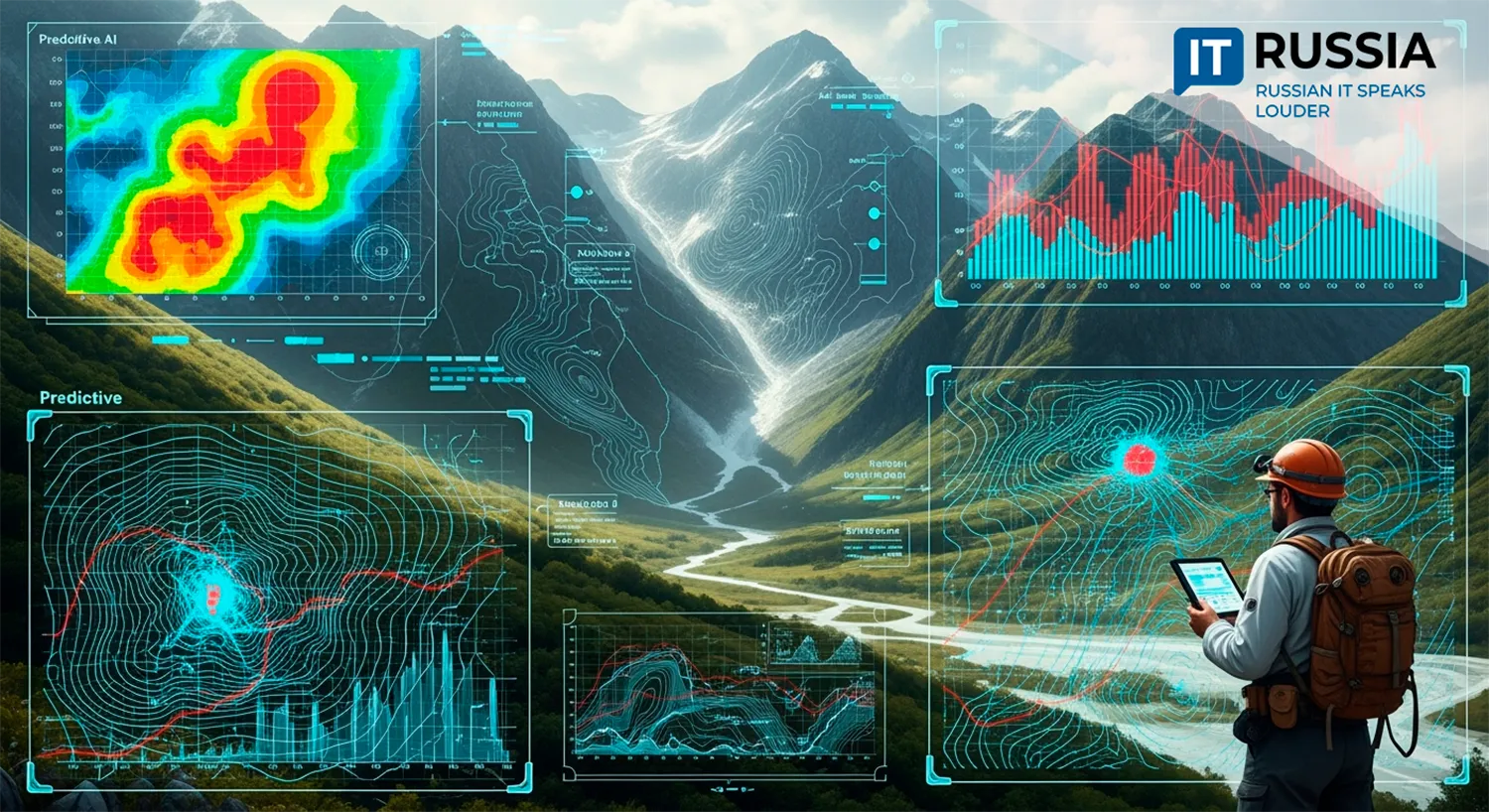Integration of Computer Vision, AI, and Drone Technologies Is Transforming Industrial Automation
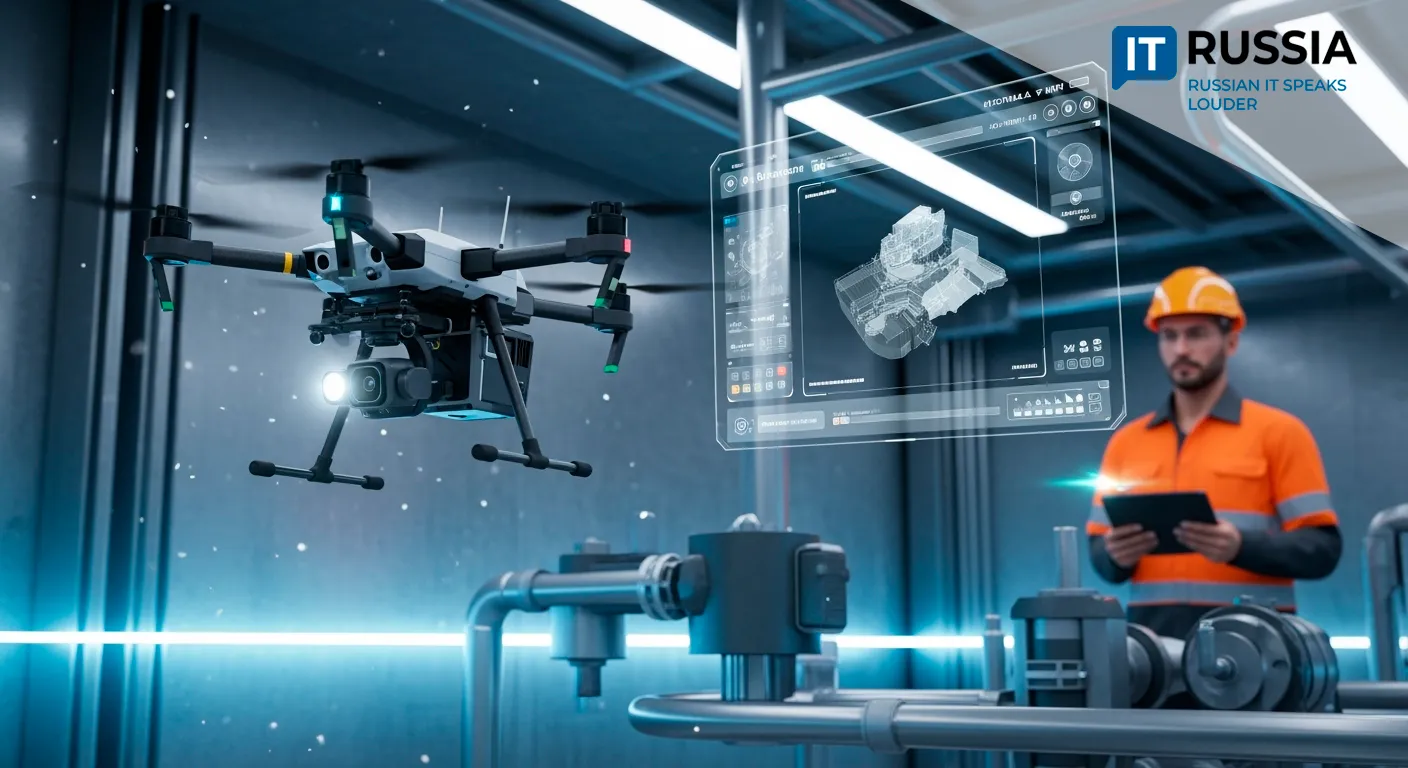
Russia is making a significant breakthrough in industrial automation by combining AI, computer vision, and unmanned systems, offering safer and faster inspections and greater production efficiency.
Speed, Efficiency, and Safety
The Center for Unmanned Aerial Systems at Innopolis University (Republic of Tatarstan, Russia) has introduced a next-generation industrial drone capable of autonomously inspecting weld seams and structural components of industrial facilities. Thanks to the integration of computer vision and SLAM navigation, the drone can operate up to 1,000 meters away from the operator without GPS, avoid obstacles on its own, and return to base if communication is lost.
Data collection relies on a lidar, a 4K camera mounted on a gyro-stabilized gimbal, and powerful LED lighting. Software developed in Innopolis generates real-time, high-resolution 3D maps based on the incoming data. With an IP53 protection rating, the drone is suitable for harsh—though not extreme—environments, and can carry payloads of up to 5 kg.

What truly sets the device apart is its AI system, developed with partner Neimarker, which can identify around 75 types of defects, from cracks and corrosion to weld fractures. The main advantage of this innovation lies in dramatically reducing inspection time—from two weeks to just one hour. Human risk is minimized: engineers no longer need to climb tall structures or work in hazardous conditions.
Digital Assistants Enhance Assembly
Innopolis University’s InnoVtol-3s drones are assembled using digital assistants that project augmented assembly instructions onto engineers’ workstations, monitoring the process in real time. If a mistake is detected, the system immediately issues an audio alert.
This solution, based on augmented reality and computer vision, reduces manufacturing defects by 80% and speeds up assembly by 50%. The InnoVtol-3s, capable of vertical takeoff and landing, is also used for geodetic surveys, wildfire monitoring, and biomedical transport.
Such systems pave the way for scaling up Russian drone production. In 2026, the Republic of Tatarstan will receive more than $25 million to create a test and competence center for civil drone technologies. This center will be part of the federal initiative 'Development, Standardization, and Serial Production of Unmanned Aerial Systems and Components,' within the national project 'Unmanned Aerial Systems.'
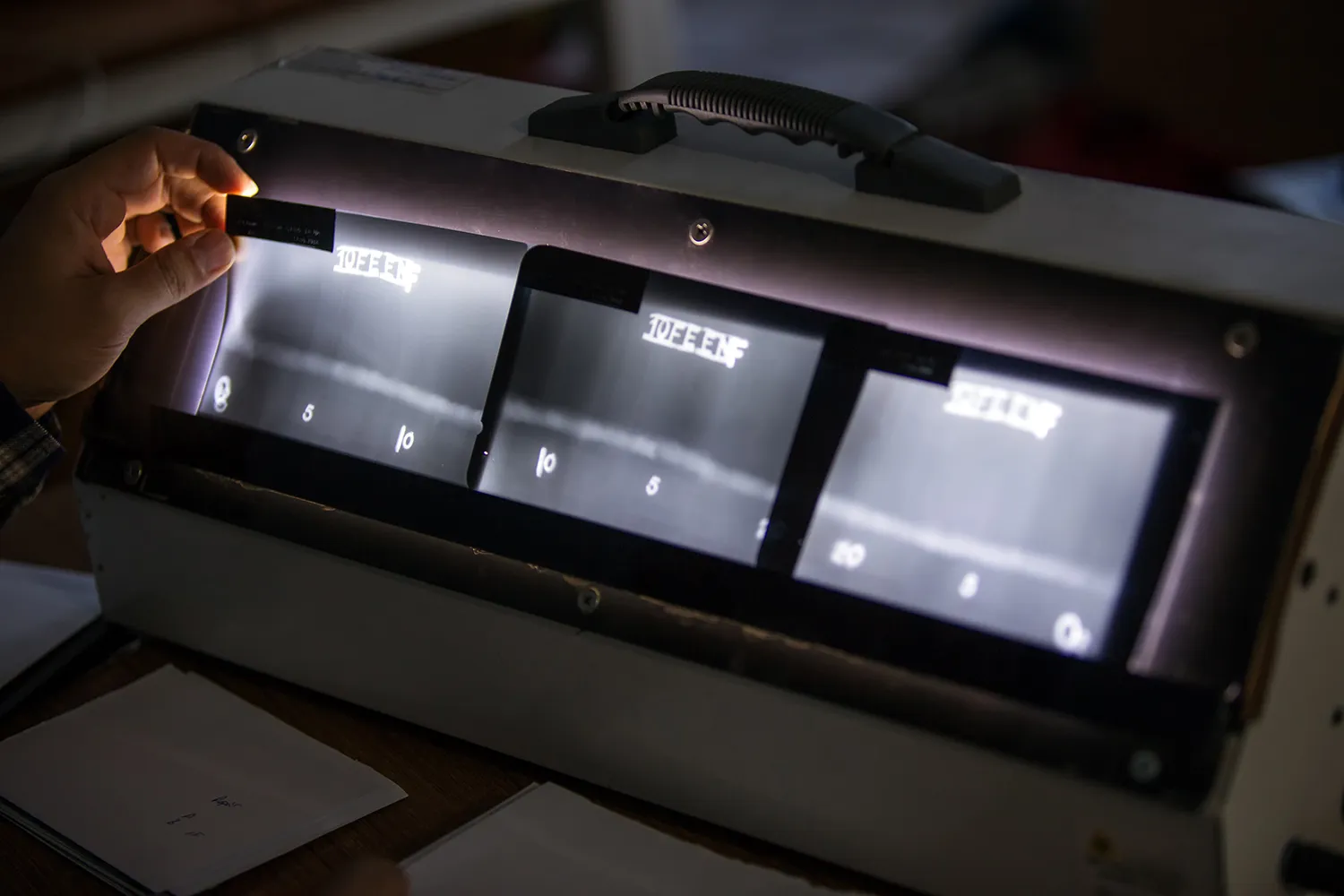
Toward Industrial-Grade AI Robotics
Innopolis’s advances mark a pivotal move toward import substitution and the creation of domestic industrial-grade AI robotics. For industry, this is a revolution in quality control: automation reduces time, cost, and risk. For companies and workers, it means less manual labor and fewer workplace hazards. For consumers, it translates into improved services and better product quality.
In March, the university showcased a delivery drone prototype for urban settings. It can carry up to 4 kg over a distance of 17 km at an average speed of 15 m/s. Control is enabled via LTE and a Telegram bot that lets users call the drone directly.
Currently, more than 70 Russian companies are involved in UAV development and manufacturing. Supporting technologies like computer vision and neural networks are gaining traction across the sector. In 2023, Russian firm Sately introduced SMART AVR, a software package for quickly detecting emergencies using drones. Based on computer vision and neural networks, it can be integrated into any drone platform—fixed-wing, rotorcraft, or others.

Expanding Technological Capacity
Russian drones are now being used in nearly every critical sector of the national economy—from energy and oil production to rail transport and construction. Future developments include diagnostic tools for bridges and railways, and there are plans to enter the SME market with drone rental and inspection-as-a-service offerings.
Russian UAVs have strong export potential. They are competitive in industrialized nations with strict safety standards and may be commercialized as defect-detection AI services or through direct equipment sales to countries in the CIS, Asia, and Africa.



